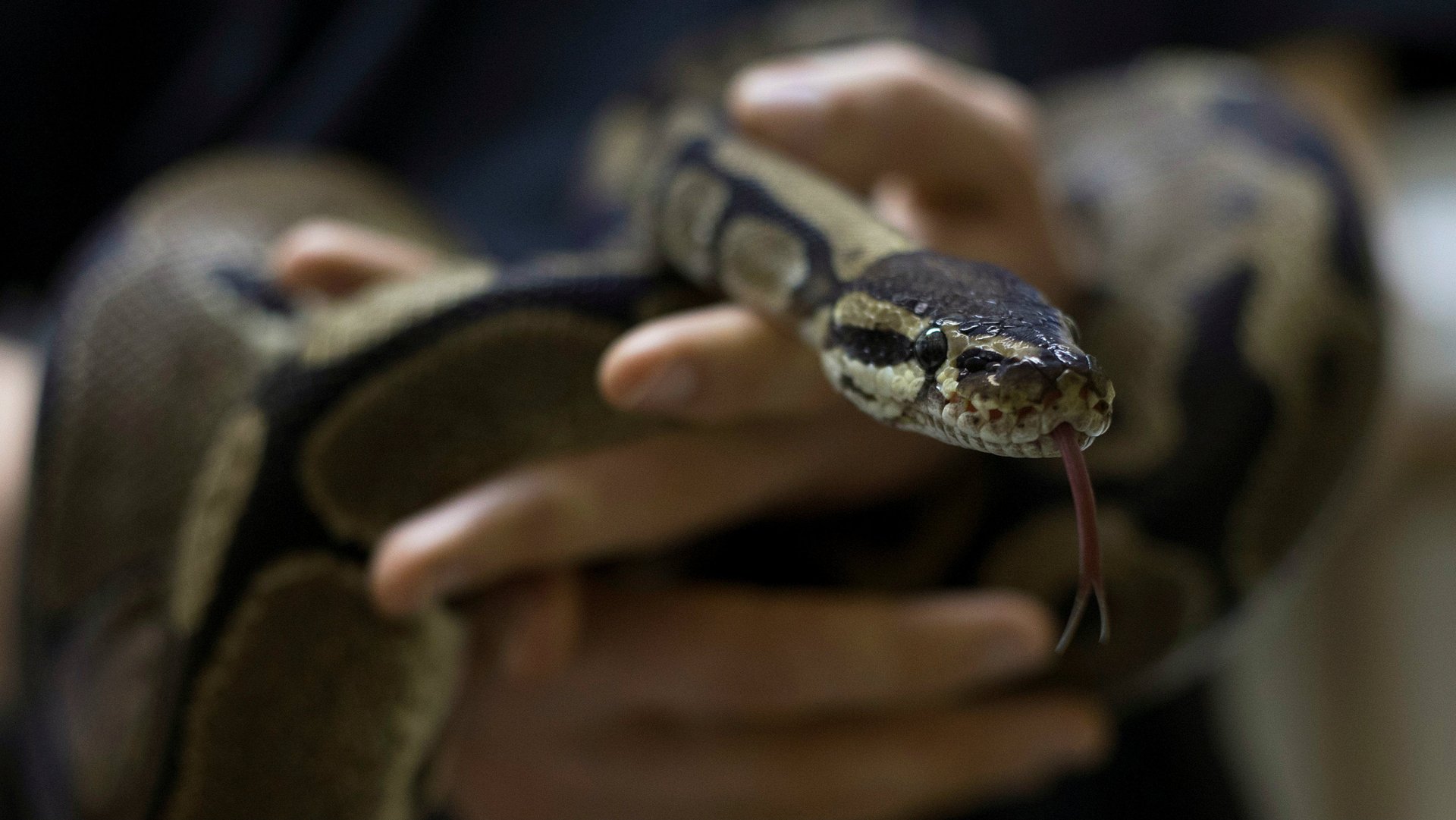Asia’s detrimental demand for African wildlife goes beyond just ivory
The demand for exotic wildlife in Asia is driving up legal trade and exports of rare African animals—but at a cost.


The demand for exotic wildlife in Asia is driving up legal trade and exports of rare African animals—but at a cost.
A new study by Traffic, a non-governmental organisation which focuses on trade in wild animals and plants, shows that Asian imports of exotic African wildlife, ranging from rare reptiles to birds, have increased nearly tenfold since 2006.
“More than 1.3 million live animals and plants, 1.5 million skins and two thousand tonnes of meat” have been exported from 41 African countries to countries in 17 countries east and southeast Asia since 2006, the report states. South Africa is noted Africa’s largest exporter of live birds (most of which were imported by Singapore), mammals and plants to Asia while Zimbabwe was the largest exporter of reptile skins. In a move to intentionally reduce its overwhelming elephant population, Zimbabwe has exported young elephants to China since 2015.
Unlike many previous reports that focused on the spate of illegal hunting and trade of African wildlife such as elephants and rhinos, this report focuses on legal trade but, critically, also shows that some African animals may face the threat of extinction due to lawful but unsustainable trade.
Even though the trade is legal, some of the exports to Asian countries have included animals and plants listed as endangered or likely to be endangered if trade is not controlled under the Convention on International Trade in Endangered Species (CITES). There has already been a decline in the population widely coveted leopard tortoises.
The demand for reptiles largely drives the exports of live animals, according to the report. Exports of leopard tortoises, ball pythons and African spurred tortoises have jointly grown from 8,488 to 78,000 between 2006 and 2015. The report notes that much of live exports are animals from captive sources (66% in 2013). For example, most of the 96,522 birds exported from African countries to Asia between 2006 and 2015 were reported as being from captive sources.